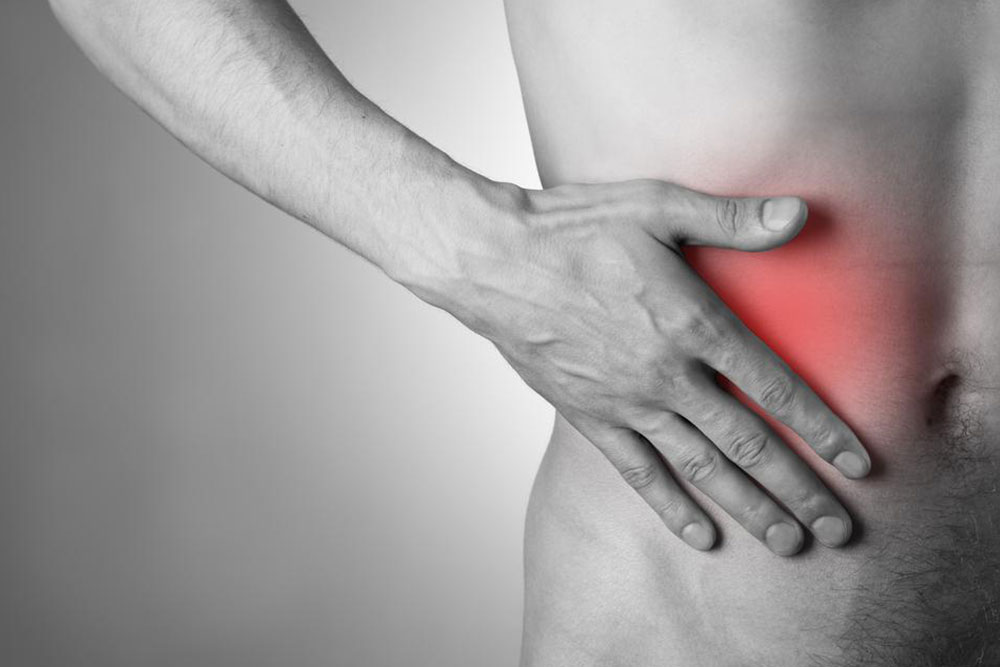Recognizing Early Symptoms of Appendicitis: What You Need to Know
Learn to identify the early signs of appendicitis, including abdominal pain, tenderness, and discomfort during bowel movements or urination. Early detection is vital to prevent complications like rupture. Recognizing these symptoms promptly can lead to timely medical intervention, ensuring better health outcomes.

Recognizing Early Symptoms of Appendicitis: What You Need to Know
Appendicitis results from inflammation of the appendix, often caused by blockage due to mucus, fecal matter, parasites, or bacteria. Despite its limited role, the appendix is thought to support immune function and protect against infections. When clogged, the appendix can rupture if untreated, leading to severe infections. Prompt diagnosis is crucial to prevent life-threatening complications. Early signs of appendicitis include dull lower right abdominal pain, pain during movement, tenderness, discomfort after bowel movements, and sometimes urinary pain. Recognizing these symptoms early can facilitate timely treatment and avoid serious health issues.
Initial mild abdominal discomfort: Often starting around the belly button, dull pain in the lower right abdomen rapidly intensifies.
Pain during physical activity: Moving, coughing, sneezing, or twisting can trigger sharp pain on the right side, making daily activities difficult. As time passes, pain may radiate to the legs.
Abdominal tenderness: Rebound tenderness, which occurs when pressing and releasing the lower right abdomen, can signal early appendicitis even before other symptoms appear.
Changes after bowel movements: Uncomfortable urges to pass stool, cramping, nausea, and bloating are common early symptoms. Pain may worsen, leading to vomiting.
Pain during urination: Swelling from inflammation can exert pressure on surrounding areas, causing pain while urinating, especially in the initial stages.
Note:
Our blog provides useful and practical health information across various topics. While our team conducts thorough research, readers are advised to consider this content as informational and consult healthcare professionals for diagnosis and treatment. The site may not include all available options or latest protocols, so always seek personalized medical advice.









